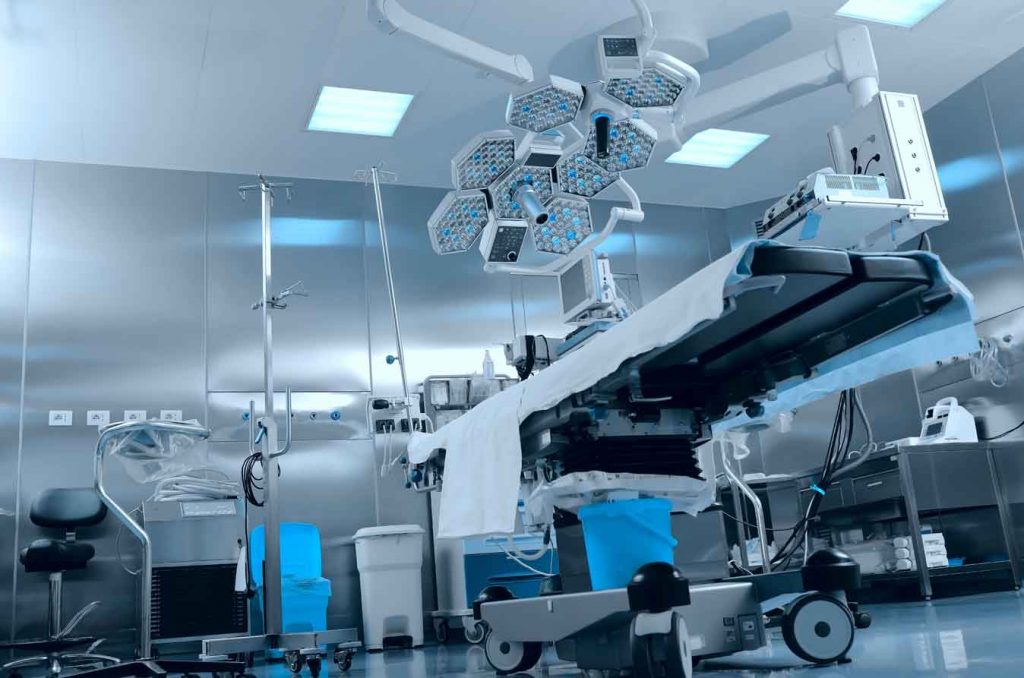
Contaminated environmental surfaces provide an important potential source for the transmission of many healthcare-associated pathogens. These include Clostridium difficile, Methicillin-Resistant Staphylococcus Aureus (MRSA), Vancomycin-Resistant Enterococci (VRE), Gram-negative bacilli (eg, Acinetobacter baumannii and Pseudomonas aeruginosa), and norovirus.
In recent years, a number of studies have demonstrated that environmental cleaning interventions can improve the thoroughness of cleaning and reduce contamination on surfaces. This review examines the evidence that such improvements in environmental disinfection may prevent transmission and reduce healthcare-associated infections.
Environmental Disinfection Strategies
Patients colonized or infected with healthcare-associated pathogens shed organisms onto their skin, clothing. bedding, and nearby environmental surfaces. In addition to surfaces in rooms, portable equipment and other fomites often become contaminated after contact with patients or contaminated surfaces. Susceptible patients may acquire pathogens through direct contact with contaminated surfaces or equipment or via the hands of health care personnel that have become contaminated after contact with patients or environmental surfaces. For many pathogens, a majority of patients acquiring colonization do not develop clinically apparent infections.
These asymptomatic carriers may shed pathogens into the environment and contribute to transmission. Based on these routes of transmission, highlights 4 potential environmental disinfection strategies to reduce transmission. First, improving cleaning and disinfection of rooms of patients known to carry healthcare-associated pathogens after discharge (e, terminal cleaning) will reduce the risk that patients subsequently admitted to the same room will acquire pathogens from contaminated surfaces. Second. daily disinfection of high touch surfaces in isolation rooms may be useful to reduce the risk of contamination of the hands of health care personnel providing care for the patients. This strategy is analogous to daily disinfection of the skin of patients as a means of source control to reduce transmission of MRSA and VRE. Third, disinfection of portable equipment between patients or the use of supposable equipment in isolation rooms will reduce the risk for transmission.
Conclusion
Finally, rather than focusing only on isolation rooms, efforts to improve cleaning and disinfection of all rooms may be beneficial if there is a concern that many carriers are not identified or are identified only after long delays. Many environmental disinfection interventions reported in the literature have focused primarily on improving the terminal cleaning of isolation rooms.
